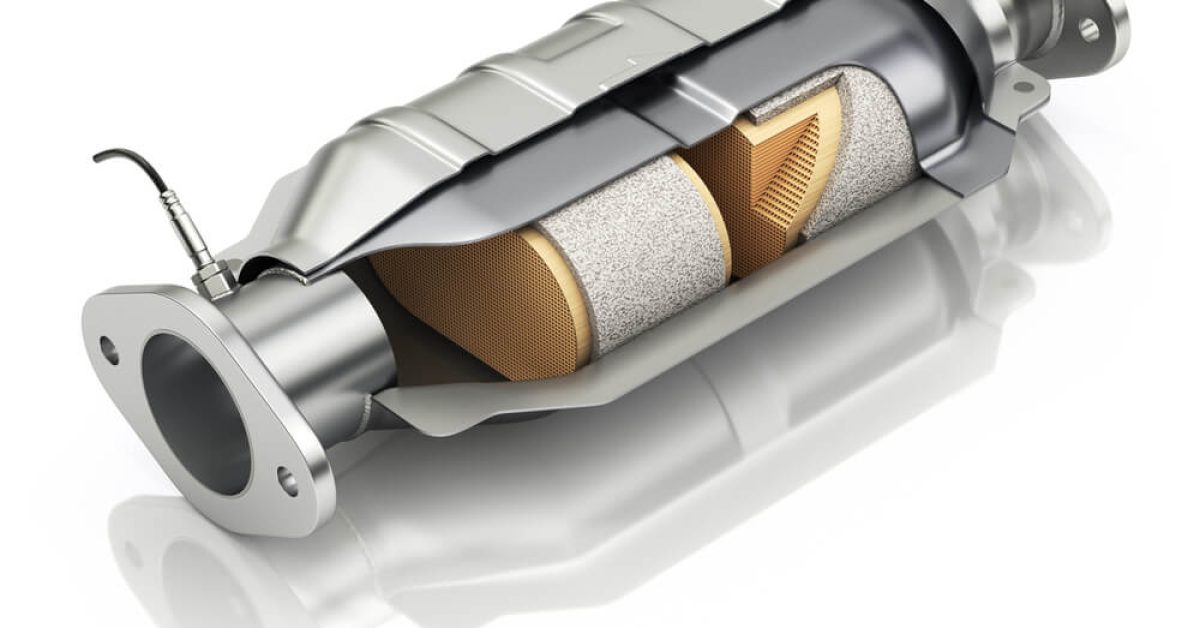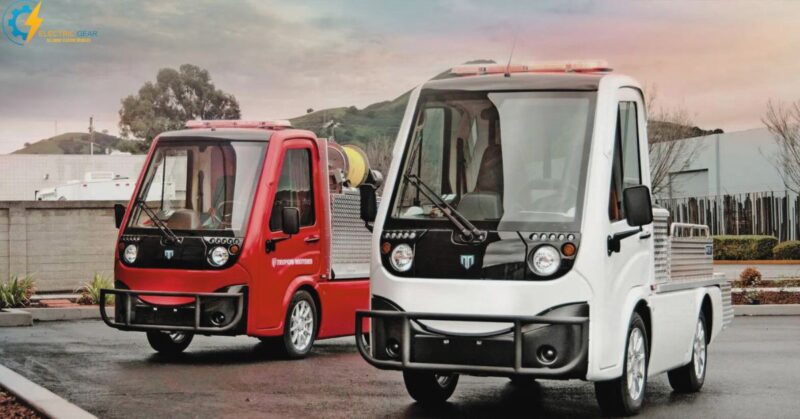EVs are free from installing catalytic converters. That simple-looking device, a metal box forming a part of your vehicle’s exhaust system, is exclusively used in gasoline engines to remove harmful pollutants that otherwise are likely to pose serious environmental concerns.
Do Electric Cars Have Catalytic Converters?
As the propulsion systems of electric automobiles don’t emit any pollutants, they don’t have catalytic converters. Electric vehicles use rechargeable batteries to power their engines instead of gasoline-powered vehicles, which burn fuel and release dangerous contaminants, including carbon monoxide, nitrogen oxides, and particulate matter.
Because of this, electric vehicles have no emissions at the exhaust pipe and do not need catalytic converters to reduce hazardous pollutants. Nevertheless, it is essential to note that the manufacture and disposal of electric vehicle batteries influence the environment, which must be considered.

What is a Catalytic Converter?
A catalytic converter, often shortly known as “cat,” is a term best suited to engines that burn any fuel to remove pollutants and emissions released by these engines. A catalytic converter is like a metal box. Its inside structure is made from materials such as palladium, platinum, and rhodium to filter out harmful emissions from the fuel engines.
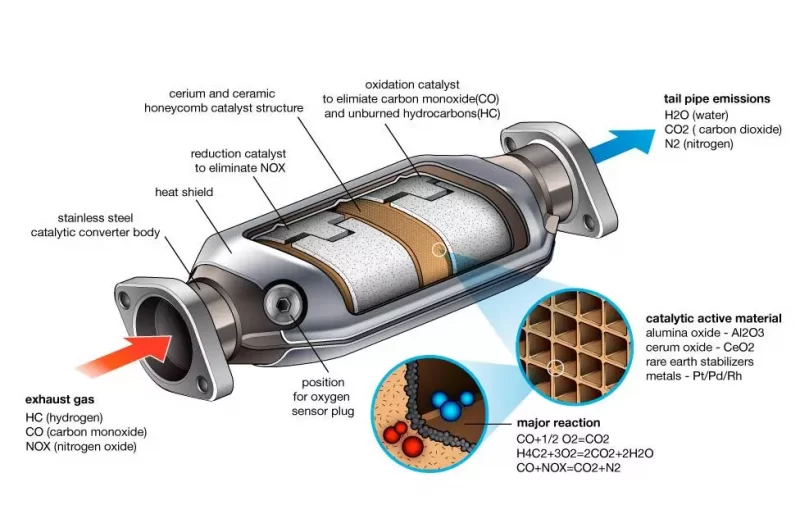
Catalytic converters are also familiar among thieves, and they always seek vehicles they can easily access for stealing due to their precious materials inside. They later sold these materials in markets at very high prices. More than one catalytic converter is also found in some vehicles. A honeycomb-like structure can be seen inside a catalytic converter to extend the surface area so that the maximum harmful gases from the engine could pass through it.
How Does a Catalytic Converter Work

Pollutants and gases from the gas-powered engine pass through a honeycomb-like structure inside a catalytic converter. The presence of rare materials inside prevents harmful materials from going out directly. Instead, they convert toxins like carbon monoxide and hydrocarbons into nitrogen, carbon dioxide, water droplets, and the least harmful gases.
Catalytic converters usually perform at high temperatures of up to 400 degrees. These, however, can achieve their assigned functions for a specific time limit, and once they start losing their capacity to purify gases, it becomes inevitable to replace them. Otherwise, you will more likely be fined by Environment Department for contributing towards damaging the environment.
Types of Catalytic Converters

Several types of catalytic converters are designed for specific applications and emission reduction needs. Here are some of the most common types:
Two-way catalytic converter: It is the type responsible for converting monoxide into water and carbon dioxide. It is believed to be less efficient and needs to be fully optimized to environmental standards. It is also known as two-way converters.
This type reduces carbon monoxide and hydrocarbon emissions by oxidizing them into carbon dioxide and water. It is typically used in gasoline-powered vehicles.
Three-way catalytic converter: Second is the three-way converter which also minimizes the effects of dioxide and nitric oxide emissions and performs the functions of two-way converters.
It is the most prevalent catalytic converter found on gasoline-powered automobiles. It reduces carbon monoxide, hydrocarbons, and nitrogen oxide emissions by converting them into less hazardous and harmful gases. It needs a precise air-to-fuel ratio to function correctly.
Diesel oxidation catalyst (DOC): This converter minimizes and reduces carbon monoxide and hydrocarbon emissions in diesel-powered automobiles. It converts them into carbon dioxide and water by oxidation.
Diesel particulate filter (DPF): This type of converter is also used in diesel-powered vehicles and is designed to reduce particulate matter emissions. It traps and collects soot particles, which are burned off during regeneration.
Selective catalytic reduction (SCR): This type of converter is used in diesel-powered vehicles and reduces nitrogen oxide emissions by converting them into harmless nitrogen and water vapor. It requires a urea-based solution to operate effectively.
Why EVs Don’t Use Catalytic Converters

Only engines using some fuel are responsible for emitting tailpipe emissions that are harmful to the environment and need to be minimized or stopped. It is, in ICEs, done through catalytic converters.
Because electric vehicles— as opposed to ICEs— don’t have gasoline-powered engines and emit no fossil fuels, they do not require a catalytic converter. EVs have no exhaust emissions. Therefore, they remain emission-free for the vehicle’s life. Catalytic converters, on the other hand, are required for gasoline-powered vehicles.
It removes pollutants and harmful emissions by converting them into the water and the least harmful gases.
Do Tesla Have Catalytic Converters?
No, Tesla electric vehicles do not have catalytic converters as they do not produce emissions from an internal combustion engine. Catalytic converters are typically found in vehicles with gasoline or diesel engines to reduce harmful pollutants released into the environment. However, electric vehicles like Tesla have other components and systems to manage their emissions and environmental impact, such as battery and energy management systems.
Tesla Catalytic Converter Theft
Tesla vehicles are electric and, thus, do not have catalytic converters because they do not use internal combustion engines. Therefore, the issue of catalytic converter theft does not apply to Tesla vehicles. However, this is a significant problem for vehicles with internal combustion engines, a growing concern in many parts of the world.
Catalytic converter theft is a crime that has been on the rise in recent years, primarily due to the increasing value of precious metals, such as platinum, palladium, and rhodium, which are used in catalytic converters to reduce emissions. Thieves target catalytic converters because they can easily remove them from the underside of a vehicle and sell them for a significant profit.
To prevent catalytic converter theft, some car owners have installed anti-theft devices, such as protective shields or locks, to make it more difficult for thieves to access the converter. Some vehicle manufacturers are also exploring ways to make their catalytic converters less appealing to thieves, such as using alternative materials or designs.
Suppose you own a vehicle with an internal combustion engine. In that case, it is essential to be aware of the risk of catalytic converter theft and take appropriate measures to protect your vehicle.
Do Priuses Have Catalytic Converters?

As part of its pollution control system, the Prius hybrid engine has a catalytic converter to minimize hazardous emissions and fulfill environmental guidelines.
Prius Catalytic Converter
Prius Catalytic Converter Theft & Prevention
There are several ways to protect your Prius catalytic converter from theft. Some of the most effective methods include:
- Park in well-lit areas or a garage if possible.
- Install a catalytic converter theft deterrent device, such as a protective shield, clamp, or alarm.
- Engrave your vehicle identification number (VIN) on the catalytic converter so that it can be traced if stolen.
- Consider installing a security camera or alarm system to deter thieves.
- Use an anti-theft spray: Some companies make a protective spray that can be applied to the catalytic converter to make it less attractive to thieves.
- Participate in a neighborhood watch program: An excellent method to monitor your Prius and the neighborhood is participating in your local neighborhood watch organization.
If you notice that your Prius is making unusual noises or has reduced engine performance, it may be a sign that the catalytic converter has been stolen. In that case, you should contact your local authorities and Toyota dealer immediately.
The Components of an Electric Car
Here we see how an electric car can run without a catalytic converter and works without an internal combustion engine. You will see it by knowing the different parts of an EV.
- Electric Motor: It gives power to the wheels just like the engine does in an ICE.
- Transmission: It has a single-speed transmission, unlike gas-powered engines that use multi-speed transmission.
- Battery: An essential part, like an electric motor, is the rechargeable battery of the EV, which is responsible for all life inside an electric vehicle.
- Inverter: It converts battery power into AC or DC to make it compatible with the motor
- Charging ports: This is where you plug in a power cord to supply power to the battery.
- Thermal management system: Its thermal management system is a cooling system for battery packs, motors, and other components.
If you are looking for an EV and safety is your primary concern, you should look through this article because it may have a lot of potentials to mitigate your concern. Here, you will go through the list of some safest electric vehicles.
How Safety of Electric Cars Tested By Different Rating Agencies?
Before directly going through the safest EVs list we provide you in this article, you should first know how these cars are tested for safety purposes and by which agencies.
While many manufacturers promote the safety features of their vehicles in commercials, you should always check with a third-party organization to be sure that these claims are true or not.
NHTSA and IIHS in the United States test a lot of EVs; they undergo testing by Euro NCAP. These agencies test cars in various ways, such as crashworthiness tests, which determine how well the drivers and passengers are protected by the vehicle, and crash avoidance tests, which may evaluate the safety features.
Are Electric Vehicles Safe?
Before moving to the EVs, which are found safest, first, resolve the argument that they are safe or not. Electric cars are entirely risk-free. You can likely still crash and get injured like any other car. Regarding risklessness, you will not find any discernable difference between an EV and a conventional vehicle.
Some Top Safest Electric Vehicles of 2023
We describe the safety ratings provided by some agencies, including NHTSA (National Highway Traffic Safety Administration) and Euro NCAP (European New Car Assessment Program). These have done crash testing of electric vehicles, which got more safety ratings.
Let’s explore some of these:
1-Audi E-Tron
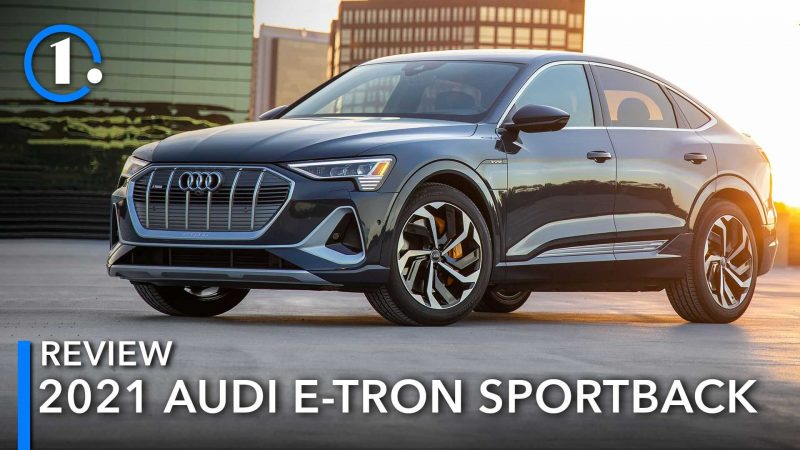
It is the safest electric car on the market today.
Safety Features of this Vehicle are listed below:
- Self-drive emergency braking.
- Alert for lane departure.
- Limitation of speed.
- Preparing seatbelts for strain.
- Airbags in the front, sides, and overhead.
- Stabilizers with electronic aids.
- On-demand cruise control.
Safety Ratings By Euro NCAP:
The ratings received by Euro NCAP of this vehicle are given below:
- Adult Protection: 90%
- Child Protection: 85%
- Road User Protection: 71%
- Safety Assistance: 76%
2-Tesla Model X
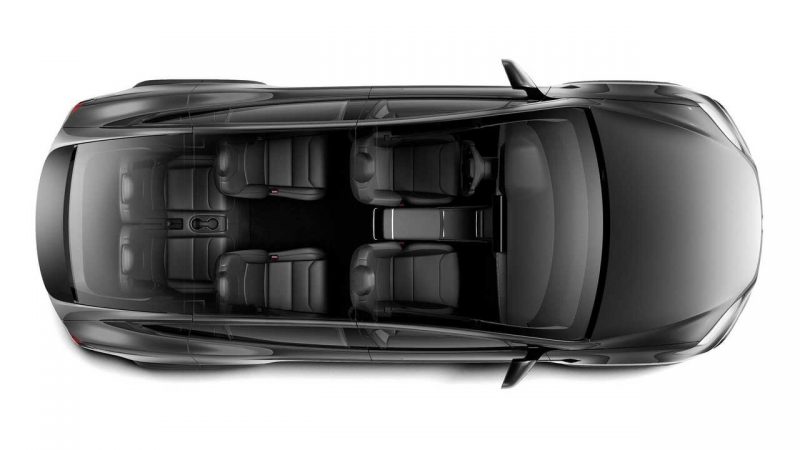
It has many safety systems that balance and keeps things from ever seeming out of control.
Safety Features of This Vehicle are listed below:
- Partially autonomous navigation.
- Speed assistance.
- In addition to side head, chest, and pelvic airbags for every passenger, the driver and passenger have front airbags.
- In a frontal collision, an active bonnet will lessen the impact damage to pedestrians or cyclists.
- Automatic emergency braking is also provided for bicycles, pedestrians, Or certain driving styles on the city or highway roads.
Safety Ratings By Euro NCAP:
- Adult Protection: 98%
- Child Protection: 81%
- Road User Protection: 72%
- Safety Assistance: 94%
3-Tesla Model 3
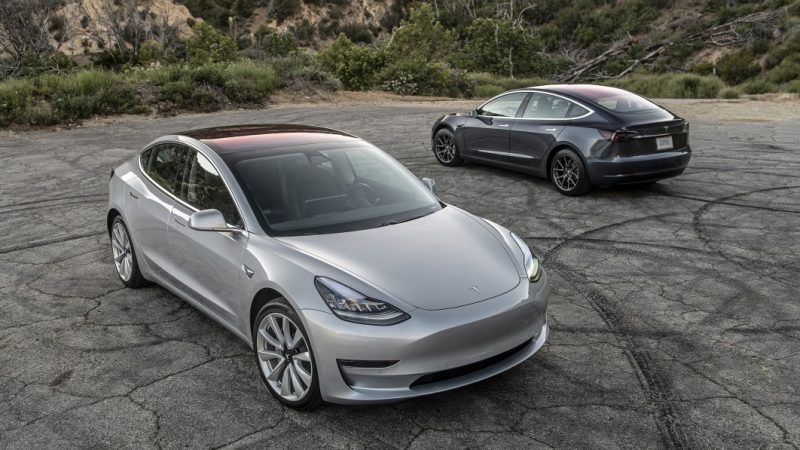
Tesla Model 3 is a very safe EV. It has passed all of the crash tests. It received a 5-star rating in the Overall Front Star Rating, which combines the driver and passenger ratings into a single score.
Safety Features of this Vehicle are listed below:
- Speed assistance.
- Auto-steer & Auto-park.
- Especially helpful on hills. Keeps the brake pedal down even after taking your foot off it.
- Head airbags and a load limiter and belt protection are also present for every passenger.
- Vehicles, pedestrians, and bicycles all have automatic emergency braking.
- Pedestrian warning system: It produces less than 20 mph sound to warn incoming pedestrians.
Safety Ratings By Euro NCAP :
- Adult Protection: 96%
- Child Protection: 86%
- Road User Protection: 74%
- Safety Assistance: 94%
4-Nissan Leaf
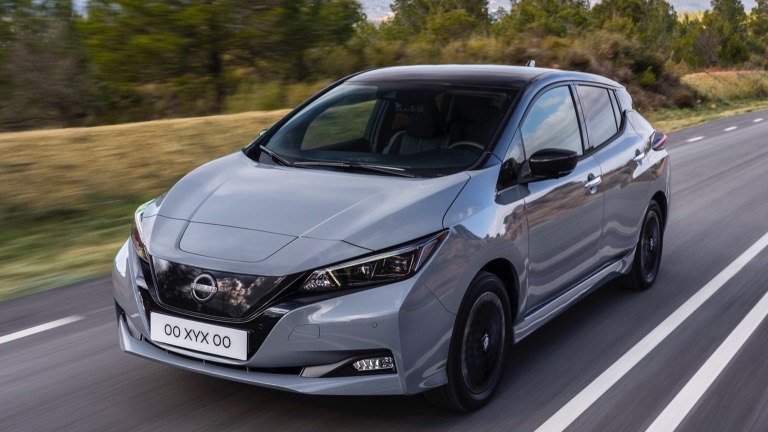
It comes with a lot of conventional safety equipment
Safety Features of This Vehicle are listed below:
- The active cruise control maintains a safe distance from the vehicle in front of you.
- Lane-keep assistance.
- Steering assistance to keep the vehicle in the center of the road on straightaways and turns.
- High-beam assistance.
- Keeping track of tire pressure.
- Hill-start assistance.
- To improve handling, the chassis is controlled.
- Automatic lights that warn of hazards.
- Cross-traffic warning at the rear.
Safety Ratings By Euro NCAP:
- Adult Protection: 93%
- Child Protection: 86%
- Road User Protection: 71%
- Safety Assistance: 71%
5-Porsche Taycan
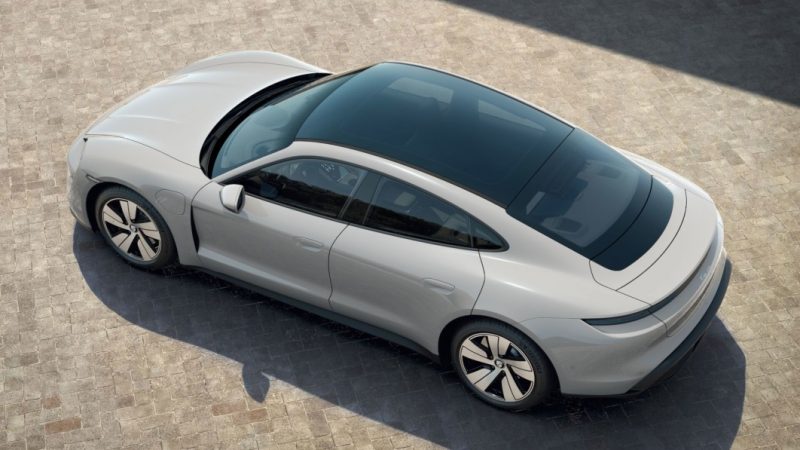
It has always been inventive in the area of vehicle engineering when it comes to safety.
Safety Features of This Vehicle are listed below:
- Lane-keeping assistance.
- Understanding of traffic signs.
- Emergency braking that is autonomous.
- Eight airbags are included.
Safety Ratings By Euro NCAP:
- Adult Protection: 85%
- Child Protection: 83%
- Road User Protection: 70%
- Safety Assistance: 73%
6-Kia E-Niro
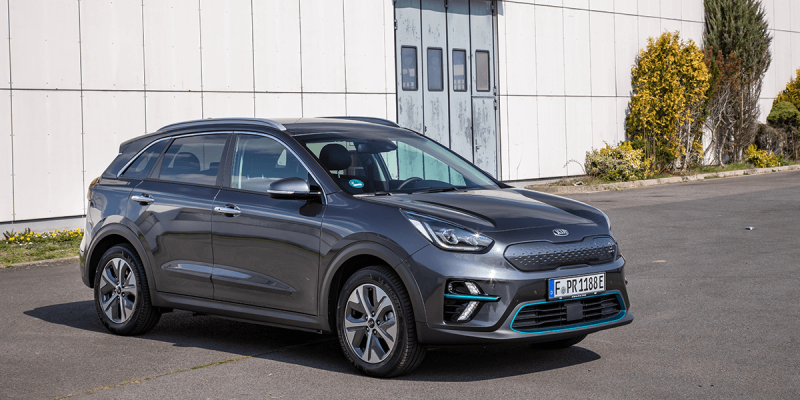
It has excellent standard safety features that will make any driver feel secure.
Safety Features of This Vehicle are listed below:
- Lane-keeping aid.
- Highest level of safety.
- Blinds-spot observation.
- Autonomous cruise control.
- Seven standard airbags are present.
- Emergency braking is autonomous and includes pedestrian detection.
Safety Ratings By Euro NCAP:
Euro NCAP has not yet evaluated this vehicle’s safety ratings, although it has received an overall 5-star rating.
7-Hyundai Kona Electric

It boasts some excellent safety features.
Safety Features of This Vehicle are listed below:
- Control over stability and traction
- Helping you avoid collisions in the future.
- Driver attention alert.
- Alert for a rear-cross traffic accident.
- Six airbags are present.
- Warning of a blind spot accident.
Safety Ratings By Euro NCAP:
- Adult Protection: 87%
- Child Protection: 85%
- Road User Protection: 70%
- Safety Assistance: 60%
Some Electric Vehicles Safety Ratings By NHTSA
The safety ratings received by NHTSA for some electric cars are listed below in the table:
[wptb id=2965]
EVs have some variations in terms of safety and driver-assistance equipment. Most EVs score highly in crash testing for safety.

Imran is an experienced content writer who crafts engaging and informative articles for a variety of industries. With a keen eye for detail and a passion for storytelling, Imran delivers high-quality content that resonates with readers. Whether he’s writing blog posts, social media content, or website copy, Imran is committed to delivering compelling content that drives results.

